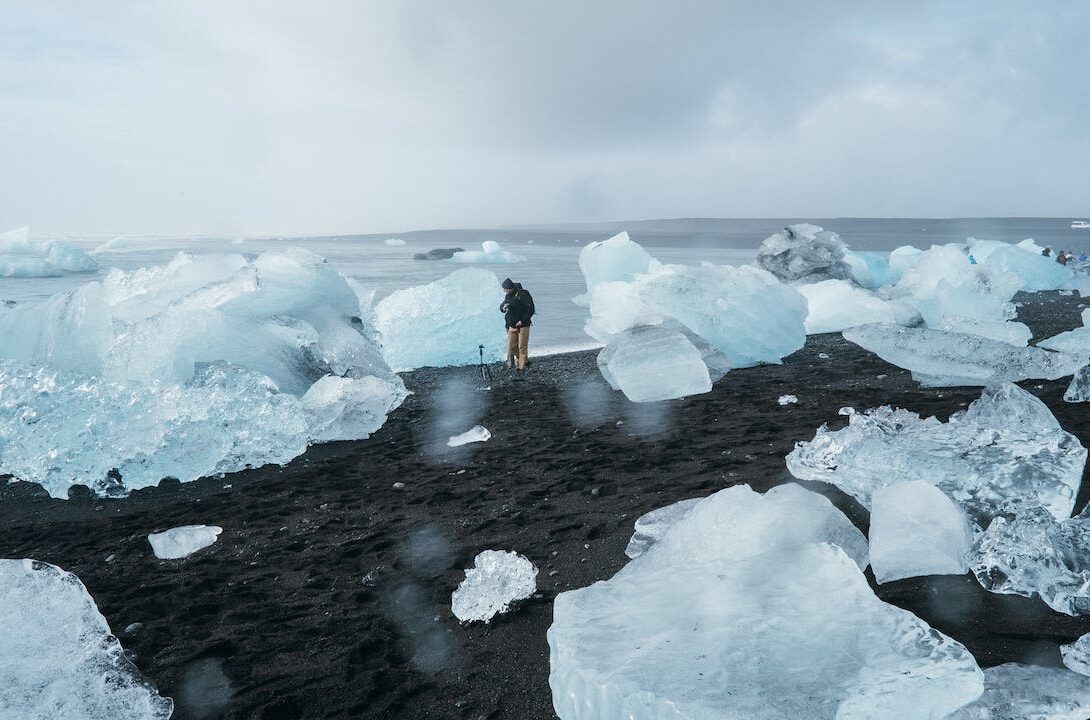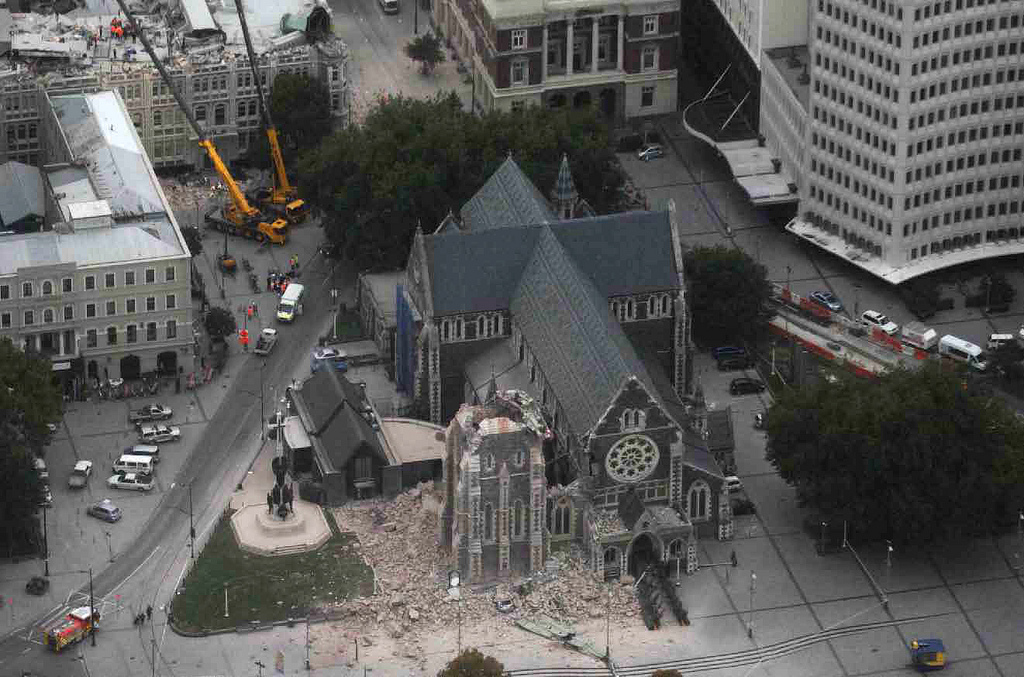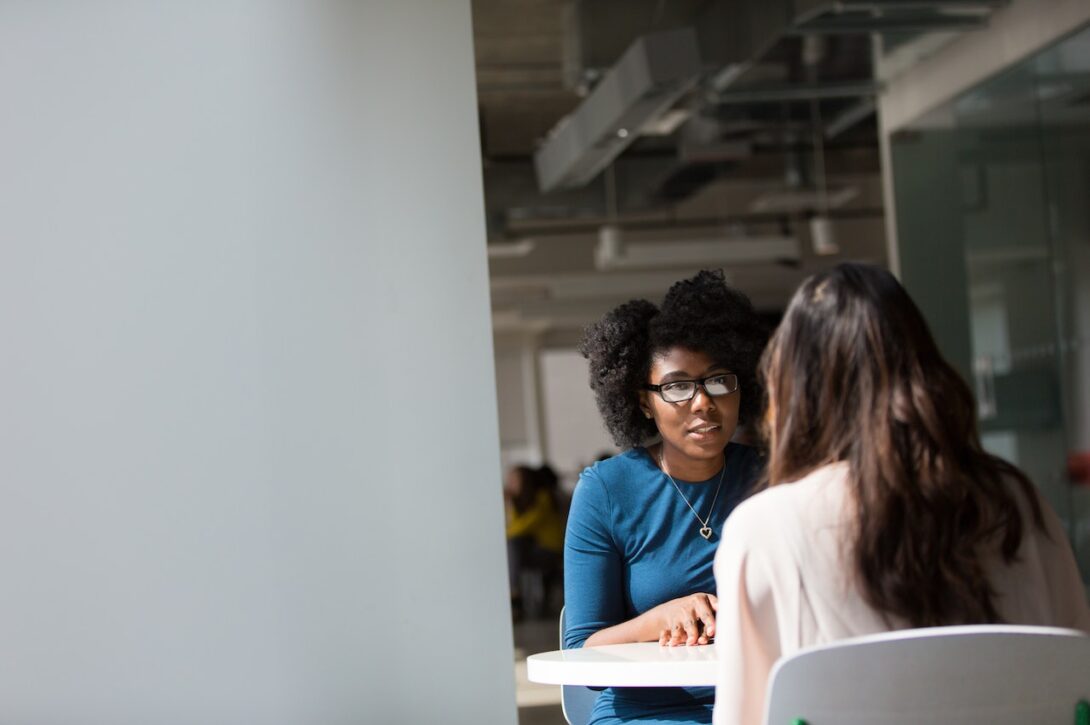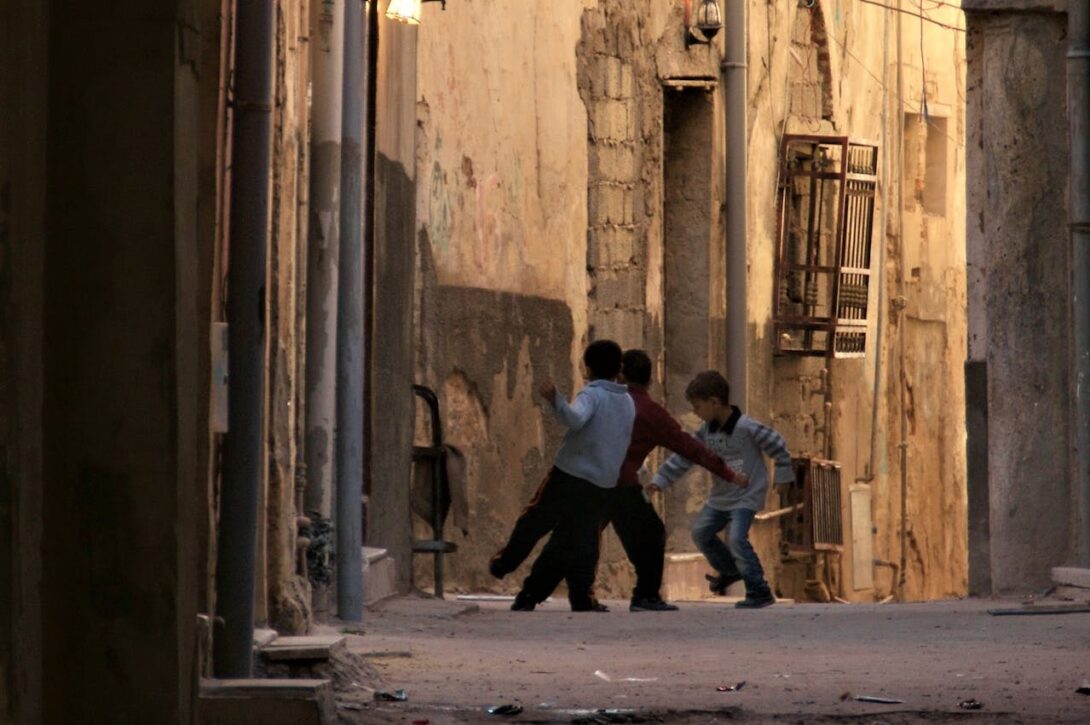Tag: crowd sourcing
News
- Articles from Policy & Internet
- Books
- Call for Papers
- Child Safety
- Collective Action
- Conferences
- Democracy
- Development
- Economics
- Education
- Environment
- Ethics
- Governance & Security
- Health
- Interviews
- Mapping
- Methods
- Policy
- Politics & Government
- Publications
- Social Data Science
- Submissions Closed
- Tools
- Video
- Wellbeing
-

Online crowd-sourcing of scientific data could document the worldwide loss of glaciers to climate change
—
The platform aims to create long-lasting scientific value with minimal technical entry barriers—it is valuable…
-

Preserving the digital record of major natural disasters: the CEISMIC Canterbury Earthquakes Digital Archive project
The Internet can be hugely useful to coordinate disaster relief efforts, or to help rebuild…

